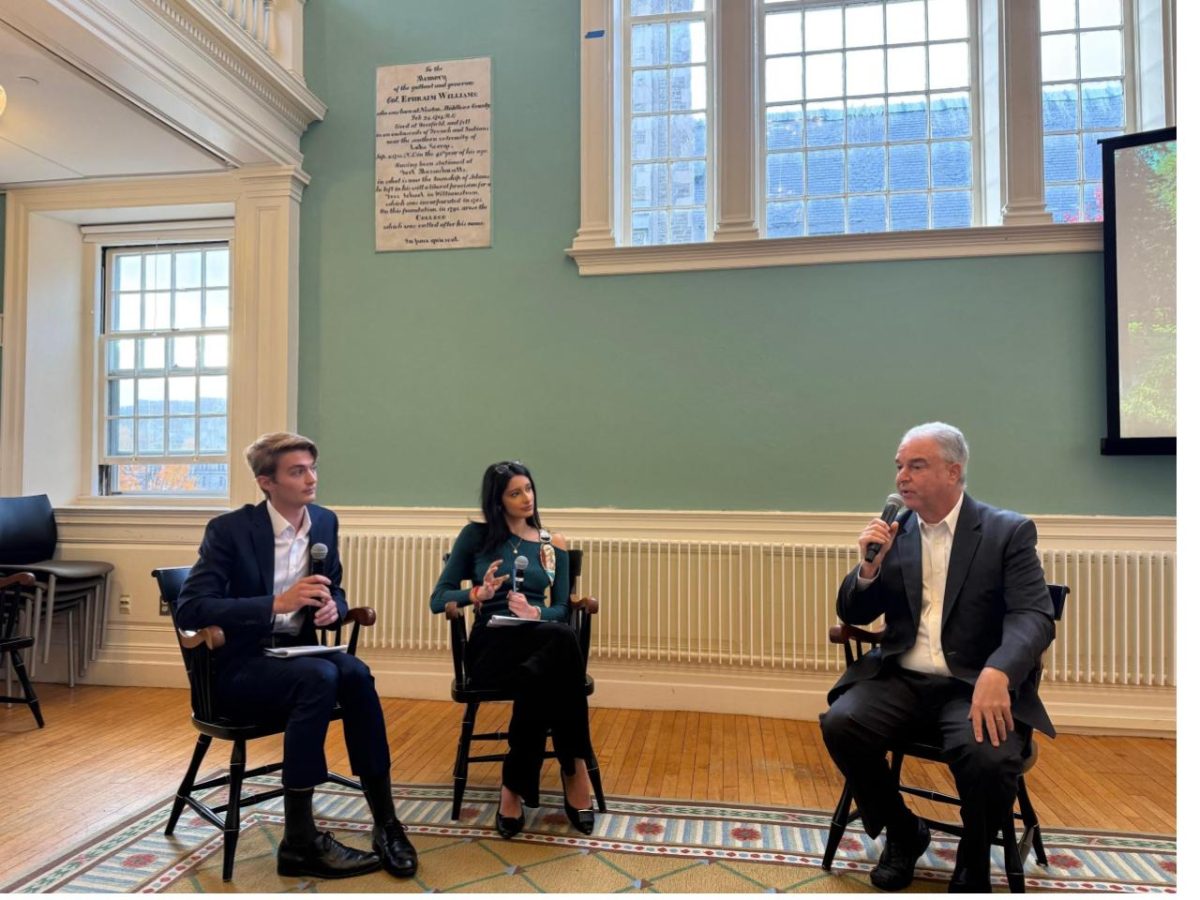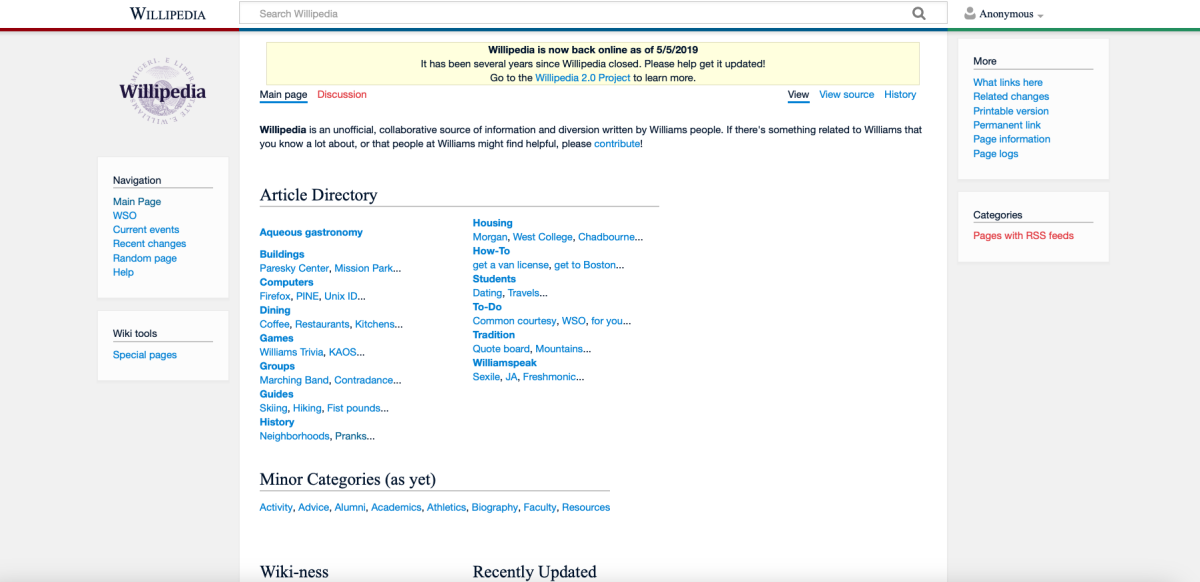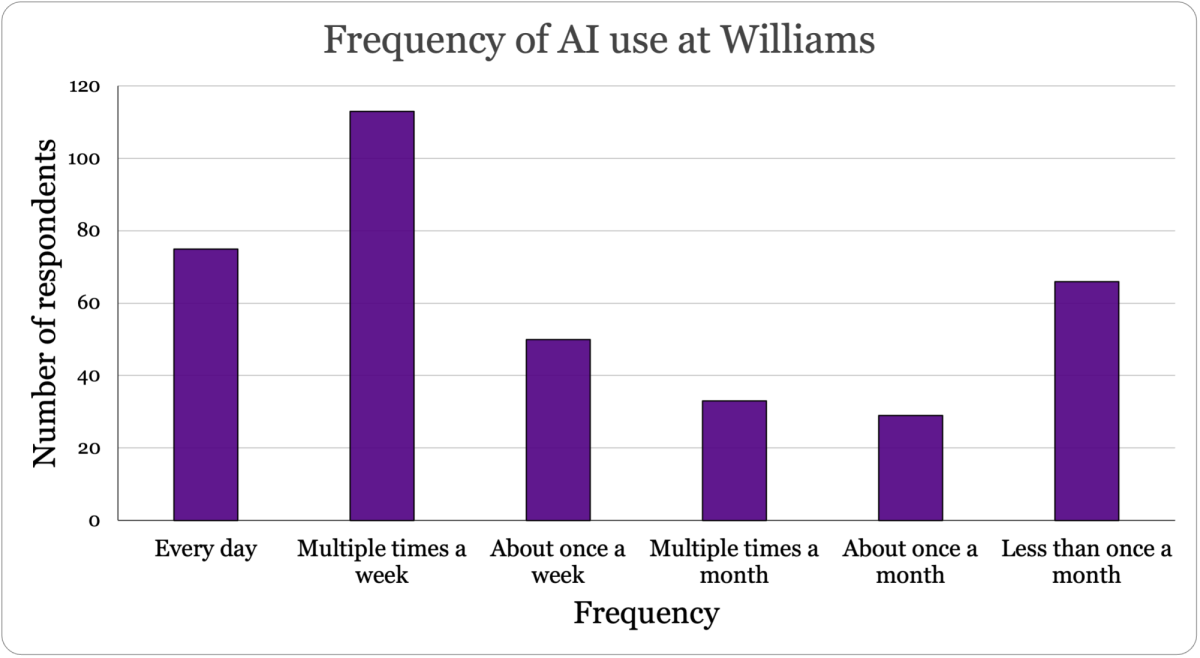
Posters criticizing recent changes to employee benefits for College faculty and staff appeared across campus last week. The posters are signed by the Staff Faculty Initiative, also known as SFIOC, a group of College employees organizing to protest the changes. Their grievances include increased health insurance costs, cuts to some lunch breaks, a cap on tuition benefits for dependents of new employees, and changes to how employees accrue vacation time.
In interviews with the Record, staff members at the College echoed SFIOC’s concerns with policy changes in recent months.
Starting last year, the College began changing several employee benefit structures in order to reduce its costs. Adjustments to its health insurance premium distribution have begun to increase employees’ contribution and decrease the amount paid by the College. The dependent tuition grant for College employees hired after July 1, 2026, will be capped at $20,000 per dependent, down from $36,085 this year. Changes to vacation accrual mean employees now accrue vacation days earlier in their careers at the College but can no longer carry a negative paid time off (PTO) balance after their first year. This means employees can no longer take PTO in excess of their yearly allotment and make up the difference by taking less PTO in future years.
While SFIOC cites reductions to breaks for Dining staff as a grievance, their breaks have not changed this year, according to Assistant Vice President for Dining and Auxiliary Services Temesgen Araya. Facilities staff breaks were reduced from 45 to 30 minutes last June.
“We seek to mobilize Williams College employees to address the cost-cutting that is negatively impacting us as workers,” SFIOC wrote in an email to community members who submitted their emails to a form linked on the posters.
The recent changes to benefits are part of ongoing efforts to ensure the College’s long-term financial strength and sustainability, Provost Eiko Maruko Siniawer and Vice President of College Finance Mike Wagner wrote in a joint email to the Record. “Financial modeling showed that if the college were to continue on its trajectory without taking any corrective actions, expenses would grow significantly faster than revenues over the next ten years,” they wrote, citing projections from a May 2023 presentation to the President’s Administrative Group.
“That would mean the college would have to draw increasingly more from the endowment, which would be unsustainable because it would erode the purchasing power of the endowment,” they continued.
The changes to the premium contribution split and the dependent tuition benefit are intended to correct this trend, and they have “put the college’s finances on a more sustainable trajectory,” Siniawer and Wagner wrote.
One poster circulated by SFIOC alleges that an unnamed member of senior staff said, “It is not in the College’s interest to address income inequality,” and another characterizes the changes as “death by a thousand cuts.”
“Mindful of the impacts of inflation, including the rising costs of medical care and prescription drugs, in recent years the annual staff increases have included both a percentage and a constant dollar increase, which results in a larger percentage raise for employees at the lower end of the pay scale,” Siniawer and Wagner wrote in their email.
In its email to interested community members, SFIOC wrote, “[We] are particularly concerned by the College’s decision to offload health insurance costs on employees to save money.” The College announced last spring that it would shift medical premium contributions from the College to employees to reach a ratio of 75 percent to 25 percent by 2030. Previously, the College split health insurance premium costs with employees such that the institution paid 80 percent and employees paid the remaining 20 percent. When the change is fully implemented, employees will pay 25 percent.
This change was made as part of “ongoing efforts to ensure financial stability,” a May 2025 presentation to the President’s Administrative Group explained. As health care costs increase nationally, the College’s insurance premiums have risen as well. This year, overall premiums paid by the College increased nine percent, and the increase for next year will be 6.5 percent. In response to these rising costs, the College plans to pass more of them onto employees.
It is rolling out the shift in employer and employee contributions in increments of one percentage point from 2025 to 2030, with the first increase taking effect last year. This year’s increase, however, was paused on Oct. 9 in recognition that “increasing deductibles has a direct cost impact on employees,” according to the email announcing the change. “The pause will enable us to assess the impact of the other medical benefit changes made for calendar 2026, consistent with the college’s efforts to mitigate steep increases in medical costs,” Siniawer and Wagner wrote in an email to the Record. The College’s premium share will remain at 79 percent for the upcoming year.
They added that the College will assess other changes in benefits and cost increases for 2026 before deciding whether to continue the pause in employee contribution increase for 2027. They will not consolidate the delayed increase into a two percentage-point increase in one year.
Next year’s cost increase of 6.5 percent was initially forecasted at 14.9 percent, according to an Oct. 9 email from Wagner and Chief Human Resources Officer Danielle Gonzalez. Various changes — including the paused increase — were made to “achieve a more manageable overall increase,” they wrote.
The rising cost of health care is a significant issue for College staff, said Zeffa Kinney and Gerol Petruzella, the co-chairs of the Williams Staff Committee (WSC), a College committee unaffiliated with SFIOC that represents staff interests on campus. They added that they see this year’s pause to the employee contribution increase as a positive development for staff.
In order to mitigate long-term impacts of the rising cost of health care, however, Kinney and Petruzella advocated for an alternative model for calculating health insurance premium contributions.
Premium costs issued by health insurance providers do not vary with the recipient’s income, so all College employees pay the same costs for health care regardless of their position and pay. To make the College’s health care cost distribution more equitable, WSC developed a proposal for an alternative model in which employees would pay premiums proportionate to their income, as opposed to a fixed ratio of their premium cost. WSC proposed this policy to Siniawer and Wagner in April. Senior staff did not accept the proposal.
The proposal submitted by WSC suggests that health insurance premium contributions should work as a “tiered or sliding scale cost distribution system,” WSC member Firas Shennib ’15 wrote in an email to the Record. “A tiered or sliding scale system would alleviate the increase in costs for our lowest income and most vulnerable employees through small percentage cost increases for our highest income employees.”
“The motivations [for an alternative system] are largely about advancing equity across staff at Williams,” Petruzella said. “It’s very much being informed by the fact that health care costs are rising, and this is impacting our colleagues — all of us, but in particular, our colleagues who are maybe at the lower end of the pay scale here at the College.”
“It’s a real cost of living concern,” he continued. “We are a community, and this is something that has a real fiscal impact on staff’s ability to live and work in Williamstown and in Berkshire County.”
“Our most desired outcome would be a combination of sliding scale premium contributions with a modest base pay + percentage cost of living increase in June,” a copy of the proposal shared with the Record reads.
“Use of a sliding scale could actually help the college to keep costs lower, as folks with higher
incomes could easily offset costs with only a fraction of a percentage of their income,” the proposal continues. “While there may be some complaints of buying the same ‘product’ at different prices, the truth is that we are not buying just any item, we are buying our health. Most of the individual staff and faculty members (including members of [Faculty Steering Committee]) with whom we have discussed this are happy to support this recommendation for employee equity.”
Committee on Diversity and Community (CDC) Co-Chair and Associate Professor of Sociology Ben Snyder told the Record that he has heard affordability concerns from staff for several years in listening sessions hosted by CDC. The lowest wage at the College — $18.75 per hour — is below the living wage for one adult with no children in Berkshire County, per MIT’s Living Wage Calculator.
“I think the sliding scale proposal is an attempt to invite the College to acknowledge that there are economic differences here among our employees, and we should be taking steps to improve the situation for the lowest-paid employees, and that means some of the burden is going to fall on the higher-paid employees, myself included,” Snyder said.
SFIOC’s posters emphasize the inequity of the current model’s cost distribution. “Why should those who make less pay more?” one flyer reads.
In an interview with the Record, a Dining staff member expressed disappointment in cuts to the health insurance benefits. “Every year it just gets more expensive,” they said. “They give a small raise, but what’s the point when more and more gets taken out for insurance?” Some staff interviewed by the Record have been granted anonymity to speak at liberty without repercussions from their employer.
WSC is open to other kinds of models that would increase equity, according to Petruzella and Kinney. They also noted that seven out of the College’s 10 NESCAC peers currently use a similar system, either through a “sliding scale” or health care subsidies for the lowest-paid employees.
Senior staff did not accept the sliding scale proposal. “Regarding income tiers for the medical benefit, we have heard from peer colleges that their experiences have varied with implementation, and that increasing the college’s contribution to benefits for some groups may lead to tradeoffs that would harm other groups of employees or reduce resources allocated to other parts of the budget,” Siniawer and Wagner wrote in an email to the Record.
“We absolutely appreciate hearing from the community on this topic, but are confident that the current design of the Williams pay and benefit programs meets the goals of offering competitive, market-based compensation,” they continued.
“We can respect when we bring a proposal and the answer is no or not now,” Petruzella said. “At the same time, we continue to believe that this is something important for staff interest, and so we continue to advocate for it.”
In interviews with the Record, members of Dining staff expressed frustration with the College’s attitude toward employees and the unaffordable cost of living in the Berkshires.
Many staff members who spoke with the Record reported working multiple jobs. “Most of us work two jobs, and you shouldn’t have to,” one Dining staff member said. “I’m 65 and still working two jobs.”
“Sometimes I used to come to work [and] only sleep for two hours because I worked overnight somewhere else,” said another staff member, who added they used to work three jobs to support their child through college.
Another Dining staff member said the changes reflect misplaced priorities by senior staff. “Instead of getting better insurance or anything, [they] worry about putting a new lawn in the Paresky yard,” they said. “They care more about the buildings than they do about people.”
“We’re told we’re in different categories — [the students] are high, we’re low,” they continued.
The email to community members from SFIOC also expressed frustration with “cuts to the amount of vacation allowed to be carried over” and “capping the dependent tuition benefit for new employees.”
Benefit-eligible employees who have worked at the College for five continuous years can receive tuition support for dependents to attend college totaling up to half of a year’s Williams tuition. Currently, the maximum tuition grant per dependent is $36,085. In May, the College announced that it planned to reduce this benefit. Faculty and staff hired after July 1, 2026, will now only receive up to $20,000 per dependent.
The College also plans to change the annual vacation accrual schedule this December to allow staff to earn PTO at the first and third anniversaries of their hiring. Previously, staff could not accrue PTO until their third and seventh anniversaries of employment. “The new schedule will allow staff to earn more vacation days earlier in their careers,” the Oct. 7 email reads.
Staff were previously allowed to carry up to 80 negative vacation hours, which are the number of PTO hours taken beyond their earned yearly allowance. The Oct. 7 email announced that, beginning July 1, 2026, staff can no longer carry negative leave balances after their first year of employment, since the new accrual schedule will permit staff to earn PTO in their first year. After that, staff who take time off without a positive leave balance will not be paid for that time.
SFIOC also cited changes to the wellness program as a cause for concern. Previously, employees could earn a $500 “wellness incentive” each year for completing an online health assessment and engaging in various activities, Gonzalez wrote in an email to the Record. The College funded the program by charging all employees on the medical plan an additional $250 in premiums. The program was eliminated in 2023 as the model became “increasingly undesirable given the rising cost of healthcare,” Gonzalez wrote.
In response to discontent expressed by staff, one of this year’s CDC subcommittees will focus on affordability and staff concerns, CDC Co-Chair José Constantine told the Record. The committee will issue a report with recommendations for the College in May.
WSC will also continue to address staff frustrations. “We are actively listening [and] staying in conversation certainly with our colleagues on staff,” Petruzella said. “Staff Committee is actively and regularly in conversation with leadership, and we think that’s an important space for us to help advance staff interests in this moment, in this context.”
Petruzella and Kinney emphasized that WSC represents all College staff except senior staff and therefore encompasses a wide range of departments and perspectives. “We hear a lot of different responses to certain policies,” Petruzella said. “I have yet to ever experience a policy change that has 100 percent approval or disapproval.”
Aoife O’Connell and Devon Pawlak contributed reporting.














